Enduring symbol
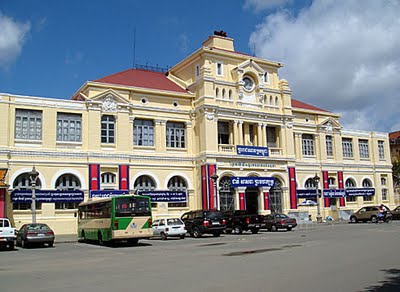 The post office in all its glory, including its wings which were added after its original construction
The post office in all its glory, including its wings which were added after its original constructionLabels: The Heritage Mission
Cambodia - Temples, Books, Films and ruminations...
 The post office in all its glory, including its wings which were added after its original construction
The post office in all its glory, including its wings which were added after its original constructionLabels: The Heritage Mission
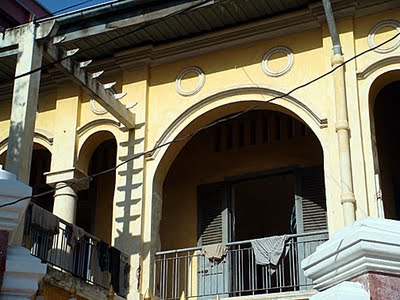 The Heritage Mission presentation warned against the loss of colonial architecture like this building that has since disappeared from Norodom Boulevard in the past year
The Heritage Mission presentation warned against the loss of colonial architecture like this building that has since disappeared from Norodom Boulevard in the past yearLabels: The Heritage Mission
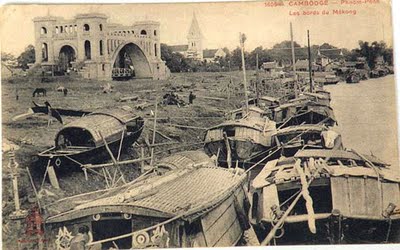
Labels: Pont de Verneville, The Heritage Mission
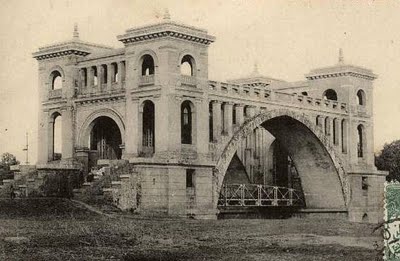 The glorious Pont de Verneville, constructed at the turn of the century, but demolished just 30 years later
The glorious Pont de Verneville, constructed at the turn of the century, but demolished just 30 years later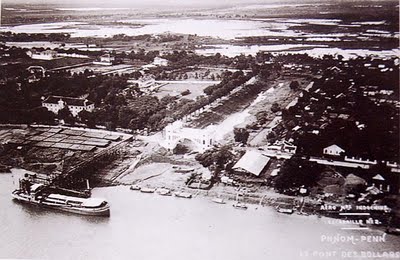 A 1930 ariel view of the de Verneville Bridge (white) and the Tonle Sap River, just before the bridge was demolished and the canal filled in
A 1930 ariel view of the de Verneville Bridge (white) and the Tonle Sap River, just before the bridge was demolished and the canal filled inLabels: Pont de Verneville, The Heritage Mission
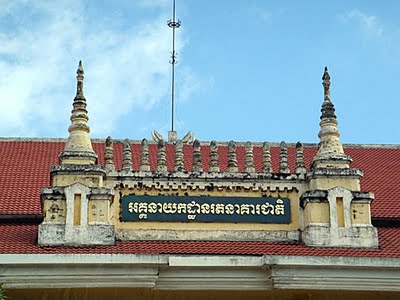 The Treasury was built at the behest of the Resident Superieur Huyn de Verneville. The Khmer wording says General Department of National Treasury.
The Treasury was built at the behest of the Resident Superieur Huyn de Verneville. The Khmer wording says General Department of National Treasury.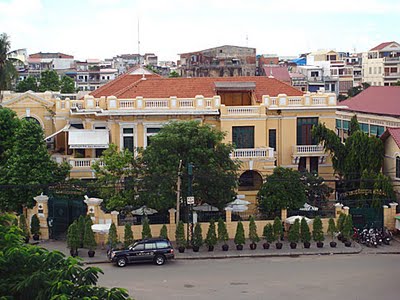 Though obstructed by trees, this is the former Bank of Indochina, built in 1893 and now housing Van's Restaurant
Though obstructed by trees, this is the former Bank of Indochina, built in 1893 and now housing Van's RestaurantLabels: The Heritage Mission
Labels: The Heritage Mission
Labels: The Heritage Mission
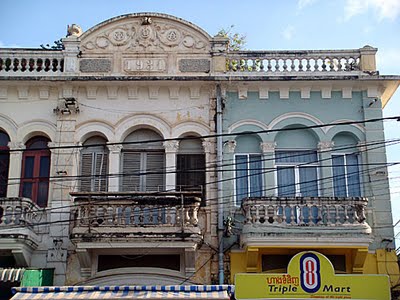 The frontage of these shop houses on Street 108 have undergone only minor changes since their 1931 counstruction
The frontage of these shop houses on Street 108 have undergone only minor changes since their 1931 counstructionLabels: Street 108, The Heritage Mission